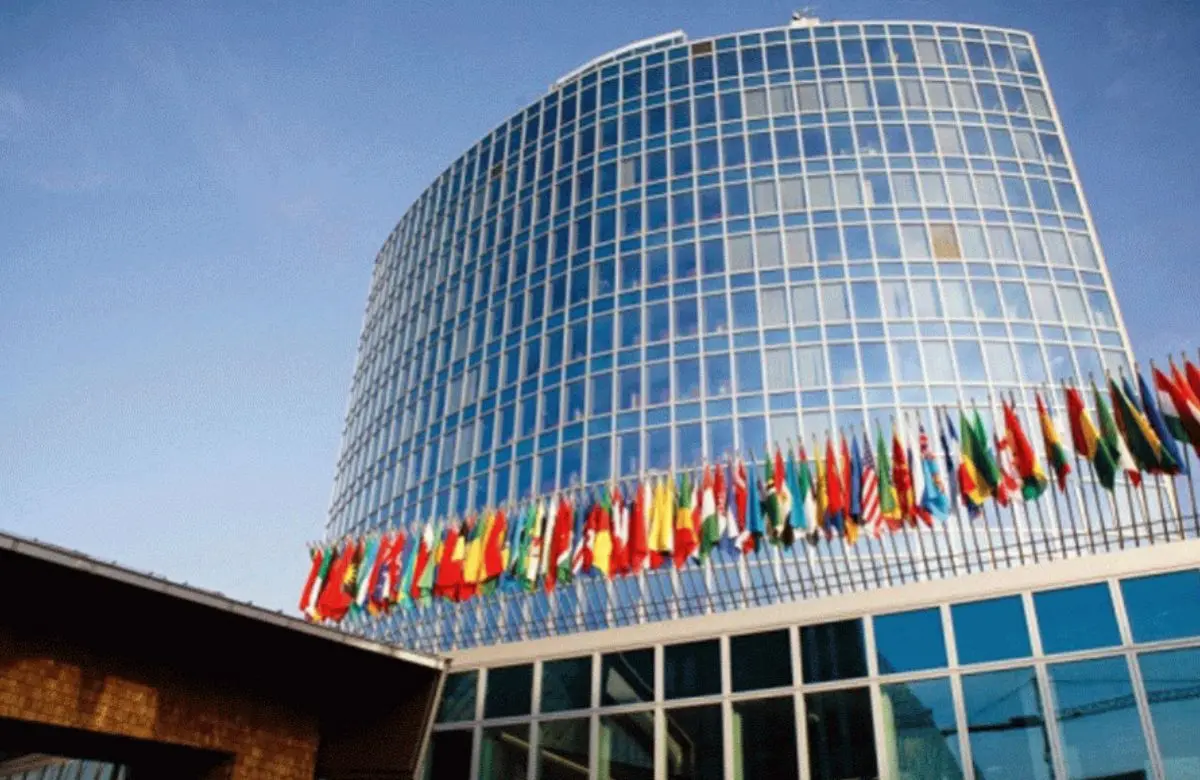
The World Intellectual Property Organization (WIPO), the global authority handling intellectual property rights, has announced a significant new compliance measure for all users of the Madrid System for the International Registration of Marks. Beginning November 1, 2025. This update marks a major step in WIPO’s efforts to modernize and streamline international trademark management. The change is expected to impact all existing and potential users who plan to file or manage trademarks through the Madrid System. To understand what this new rule means, why it matters, and how it will affect applicants, keep reading.
How Does the Madrid System Mean, and How Does It Work?
Before diving into the recent changes, it’s important to first understand what the Madrid System actually is. In simple terms, it’s an international trademark registration framework managed by WIPO (World Intellectual Property Organization) that makes it easier for businesses and individuals to protect their brands globally. Instead of filing separate trademark applications in every country, the Madrid System allows you to file just one application to seek protection in multiple countries at once. This not only saves time and money but also makes the entire process much simpler and more efficient. Once your trademark is registered, you can easily manage renewals, ownership changes, and updates through a single system rather than dealing with multiple national offices. With over 130 member countries, the Madrid System has become one of the easiest and most reliable ways to secure and manage international trademark rights around the world.
The Madrid System works as a streamlined, centralized process that allows businesses and individuals to apply for trademark protection in multiple countries. If we talk about the process of the Madrid System, it is:
- To use the Madrid System, you must first have a basic trademark application or registration in your home country. This national or regional office acts as the starting point.
- Once your national application is filed, you can submit an international application through the same office. You choose which Madrid System member countries you want to extend your protection to.
- WIPO checks the application to ensure all formal requirements are met, such as proper classification of goods and services, fees, and documentation. If everything is correct, WIPO registers the trademark in the International Register and publishes it in the WIPO Gazette of International Marks.
- After registration, WIPO sends the application to each designated country’s trademark office. These offices independently examine the application.
- Each country can approve, refuse, or request clarification regarding the trademark.
- Once accepted by the designated countries, the trademark becomes internationally registered, giving you legal protection in all approved jurisdictions under one single registration number.
- After registration, you can renew your international trademark after it expires.
Read Also: USPTO Launches AI-Powered Patent Search Pilot to Streamline Examination
What Are the New Changes Announced by WIPO for Madrid System Users in 2025?
Let’s take a look at the recent changes introduced by WIPO under the Madrid System. Starting November 1, 2025, it will become mandatory for all trademark holders and their representatives to have a valid and active email address on record. With this update, all official communications — including notifications, renewal reminders, and procedural updates — will be sent exclusively through email.
In addition, WIPO will now require email verification for certain key actions, such as changes in ownership or representation, to ensure greater transparency, security, and accountability in managing international trademark rights. This change is part of WIPO’s larger effort to digitize and modernize the Madrid System, reducing reliance on paper correspondence and minimizing the risk of delays, lost communication, or missed deadlines.
Conclusion
WIPO’s new email requirement under the Madrid System marks a significant step toward a fully digital and transparent trademark management process. By making email communication mandatory, WIPO aims to improve efficiency, reduce delays, and ensure that trademark holders and representatives stay informed in real time. This change not only simplifies international trademark administration but also strengthens the overall reliability and accessibility of the Madrid System — helping businesses protect their brands more effectively in a rapidly evolving global landscape.
Read Also: Delhi HC Recognizes Wipro as a Well-Known Brand Under Trademark Law
